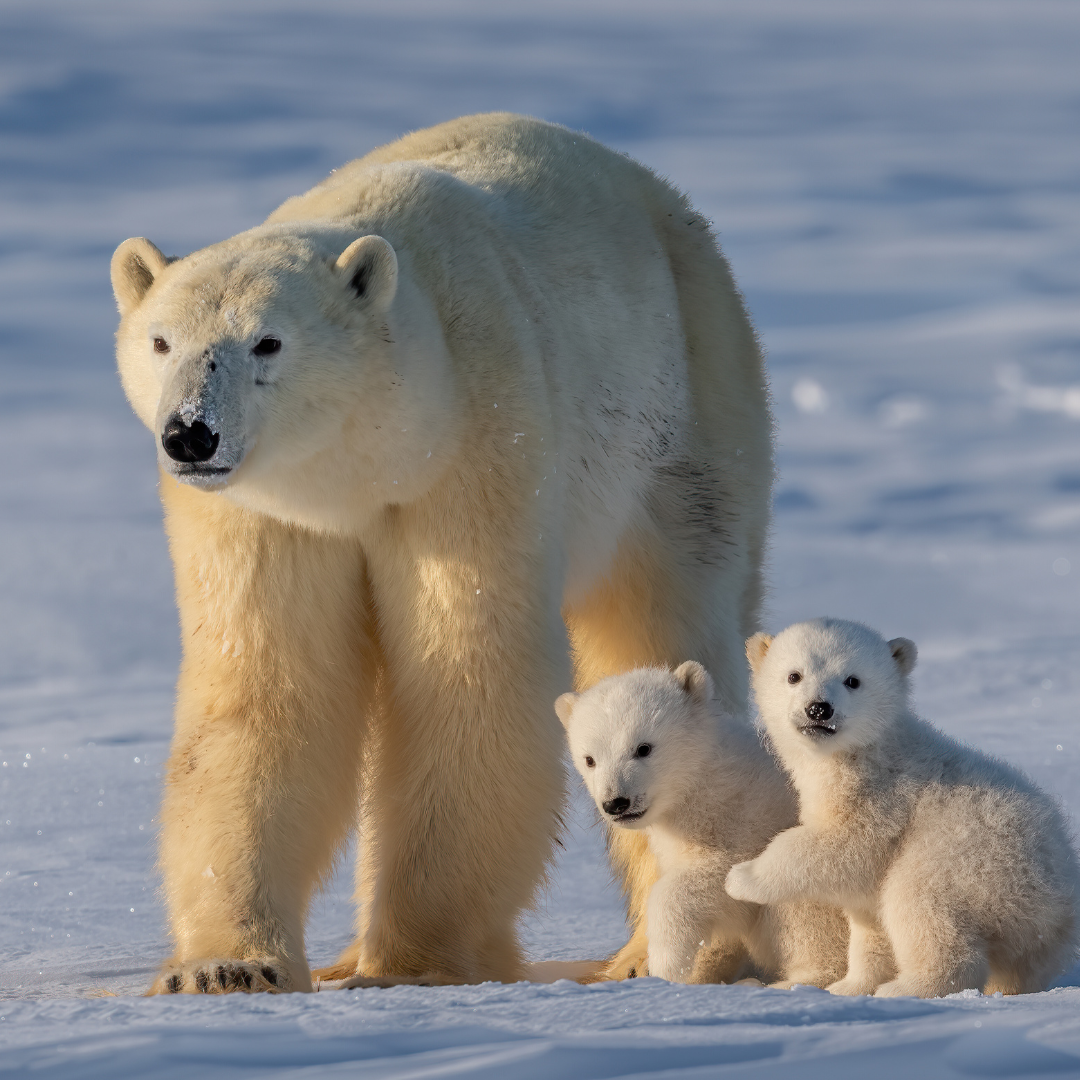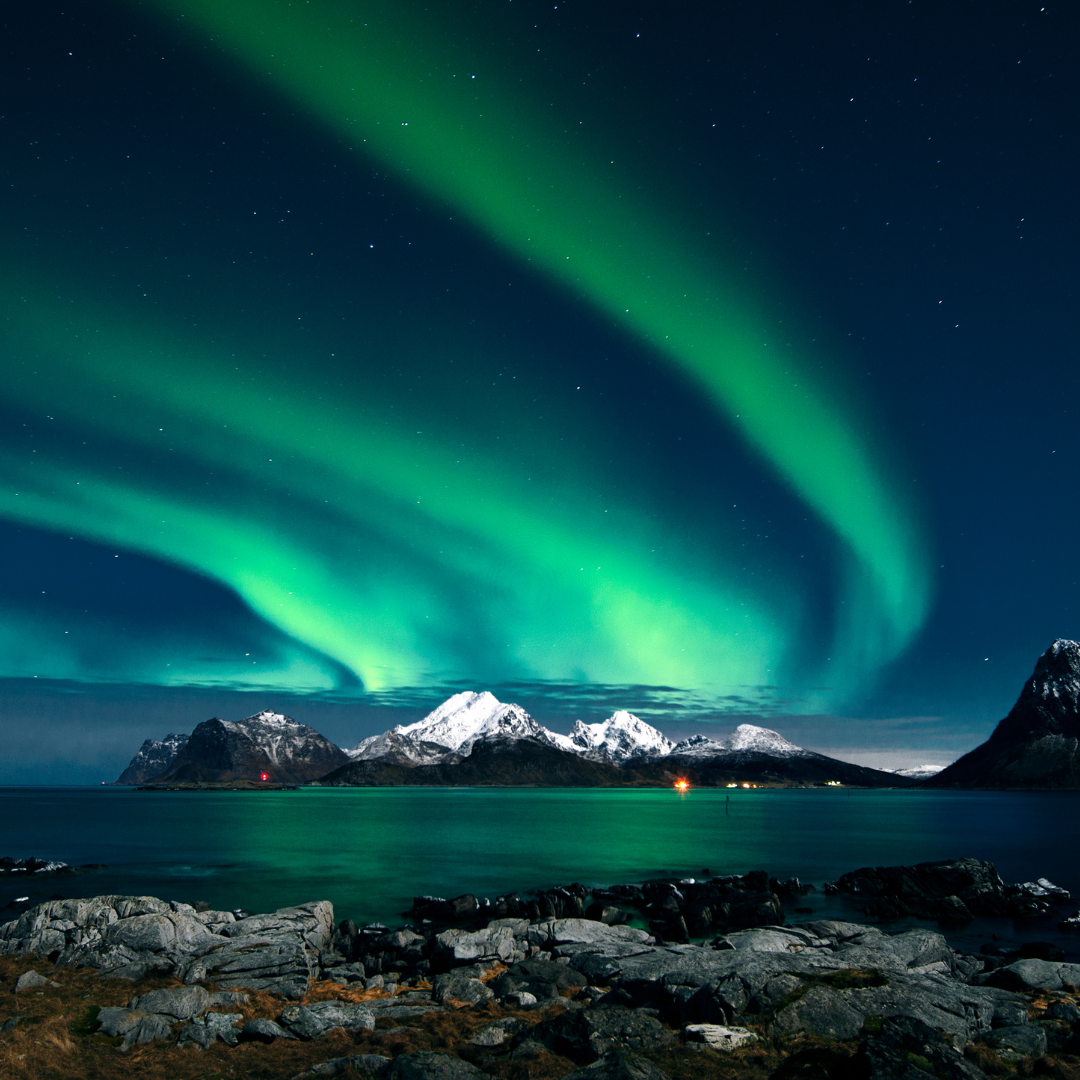The icy realms of the Arctic in the north and Antarctic in the south, though similar in their frosty aesthetics, are distinctly unique in many ways. These differences are evident in the varieties of whales, their behaviors, and adaptations – each shaped by the dynamics of their respective habitats.
In the Arctic waters, beluga whales, also known as sea canaries due to their extensive vocalizations, command attention. Their bodies, pure white and torpedo-shaped, have adapted to survive the Arctic chill. These intelligent creatures possess a high forehead, the ‘melon’, which facilitates echolocation – crucial in the murky, icy Arctic waters. The Narwhal, characterized by their long unicorn-like tusk, is another unique Arctic dweller, carrying a certain mythical charm.
Trek southwards to the Antarctic, and you are in the realm of the humpbacks and minkes. Humpback whales, renowned for their enchanting songs and acrobatics, use the rich Antarctic waters as their feeding grounds. Minkes, being the most abundant of the baleen whales, thrive here as well, feasting on the abundant krill.
Also calling the Antarctic home is the mighty blue whale. The largest animal ever to have lived, these giants can measure up to 100 feet and are a sight to behold.
Remarkably, despite living in similar icy environments, each species displays unique adaptations. Different feeding behaviors are seen, with Arctic dwellers like belugas primarily hunting fish and cephalopods, while Antarctic residents such as humpbacks and blue whales feast on krill.
So, whether it’s the frozen Arctic or icy Antarctic, both polar waters offer an astonishing spectacle of marine life. Encoding stories of evolution, adaptation, and survival, the polar cetaceans continue to enrapture us, fostering a deeper appreciation and understanding of these remote ecosystems.
Whether you’re marveling at the vocal beluga in the Arctic or witnessing a majestic blue whale surface in the Antarctic, there’s no denying the polar extremes house a world of wonder!




